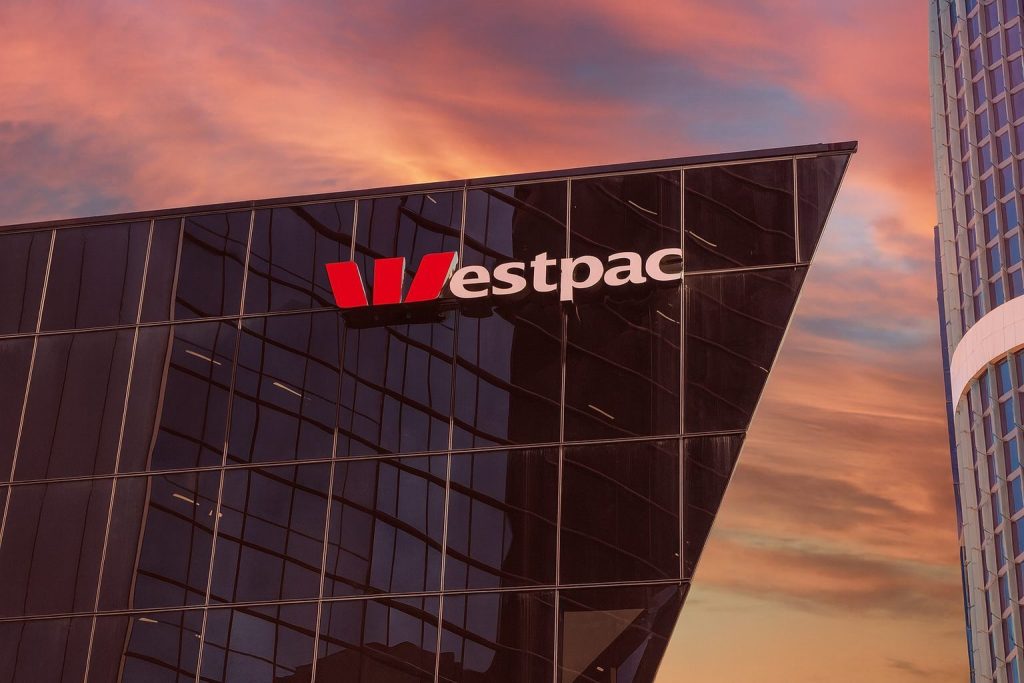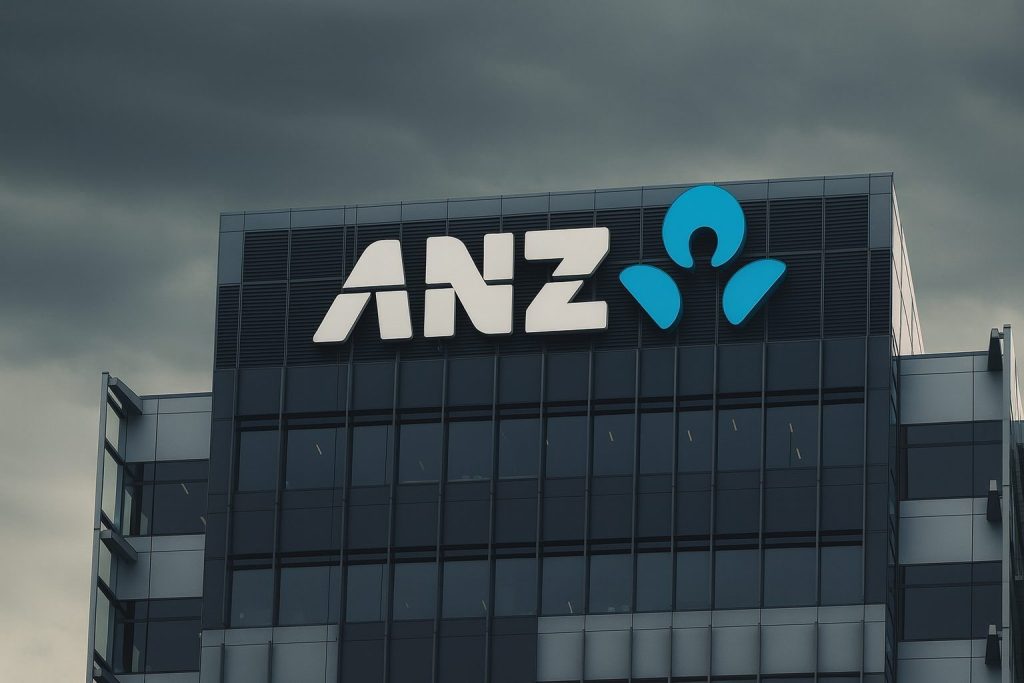Sydney – Thursday, 27 November 2025
CSL Limited (ASX:CSL) enters the final month of 2025 still nursing one of the toughest years in its history. After profit downgrades, a delayed vaccine spin‑off and a brutal share-price slump, the biotech giant is leaning on a A$750 million on‑market buyback and fresh investment plans to steady investor nerves.
Today’s news flow is dominated by a new ASX filing detailing the latest progress of that buyback, alongside fresh commentary from analysts weighing whether CSL’s share price slide has finally gone far enough.
CSL share price today: trading around A$183 after a heavy 2025 sell‑off
CSL shares last closed at A$182.90 on Wednesday, up 0.4% for the session after trading in a range between A$181.88 and A$184.93 on the ASX. [1] Volumes picked up versus the prior day, with roughly 890,000 shares changing hands.
Even after this small bounce, the stock remains deep in the red for 2025. Rask Media recently estimated CSL is down about 25% since January, while a fresh note from The Motley Fool Australia this morning puts the full‑year fall closer to 35%, reflecting different starting points and intrayear peaks. [2] Another Fool article in August highlighted that CSL had slumped to roughly a six‑year low, underscoring how severe the drawdown has been. [3]
From a technical standpoint, research site StockInvest has just downgraded CSL to a “Sell candidate”. Its model still sees the share price in a broad downward trend and projects a potential 14% decline over the next three months, with a 90% confidence band between roughly A$137.50 and A$178.10. It also expects today’s trading (Thursday 27 November) to span roughly A$180.71–A$185.09 around a “fair opening price” of A$183.24. [4] As always, such forecasts are based on historical price action rather than fundamentals, but they help illustrate how cautious technical sentiment remains.
New ASX filing: CSL’s A$750m on‑market buyback keeps ticking over
The most concrete piece of news for investors today is CSL’s latest Appendix 3C “Notification of buy‑back”, lodged with the ASX and dated 27 November 2025. [5]
The filing confirms that CSL is proceeding with its previously announced on‑market buyback of ordinary fully paid shares, with key details as follows: [6]
- Program size: the company intends to repurchase up to A$750 million of its own shares.
- Type: on‑market buyback executed via UBS Securities Australia as broker.
- Period: proposed start date 4 September 2025, running through to 30 June 2026.
- Shares on issue: about 484.2 million ordinary shares are eligible to be bought back.
- Shareholder approval: not required under ASX rules.
Today’s update is specifically a daily buyback notification summarising purchases executed yesterday (26 November):
- Shares bought back on 26 November:46,706.
- Total cash consideration for 26 November:A$8.55 million.
- Price range paid on the day: from A$181.90 to A$184.90.
- Highest price the company was permitted to pay under ASX listing rule 7.33:A$189.90.
Cumulatively, CSL reports that before yesterday it had already bought back 2,341,481 shares for around A$465.33 million. Including yesterday’s purchases, that rises to approximately 2,388,187 shares retired for A$473.9 million since the program began.
That implies:
- An average buyback price of around A$198 per share so far.
- Roughly A$276 million of capacity still available under the A$750 million authorisation, assuming CSL chooses to use it in full (authorisations can be scaled back).
With last night’s close at A$182.90, CSL stock is currently trading about 8% below the average price at which the company has repurchased its own shares this year, effectively allowing CSL to retire stock more cheaply than earlier in the program. [7]
Buybacks can serve multiple purposes: signalling management’s confidence in long‑term value, offsetting dilution from employee incentives, and boosting per‑share earnings and dividends by shrinking the share count. At the same time, they commit capital that could otherwise be used for acquisitions or debt reduction, so investors will weigh the buyback against competing uses of cash.
Fresh commentary for 27 November: is CSL a December opportunity or a value trap?
The Motley Fool: “Should I buy CSL shares in December?”
In a piece published this morning, The Motley Fool Australia poses the question many retail investors are asking: after a fall of roughly one‑third in 2025, is December finally the time to buy CSL shares? [8]
While the full article is behind a soft paywall, the teaser highlights two key points:
- The stock’s significant decline this year has been driven by a challenging US healthcare environment and softer growth prospects, especially in vaccines.
- Despite that, CSL has been a strong long‑term compounder in the past, so the author weighs whether current levels represent a reasonable entry point.
Crucially, this debate mirrors what is happening across the broader analyst community: some see structural headwinds that justify a lower valuation, while others see a quality franchise temporarily out of favour.
ACE Investors: CSL on traders’ radar
Local research house ACE Investors has also placed CSL in its “Daily Recommendations” line‑up for 27 November 2025, flagging a report titled “CSL Limited (ASX: CSL) – Given the upcoming…” for subscribers. [9]
Although the contents are paywalled, the inclusion signals continuing interest among active traders and advisers, particularly as the stock settles into a new, lower trading range after October’s shock.
Kalkine: long‑term growth name despite volatility
On 26 November, Kalkine Media published “Why JHX and CSL Remain Key ASX Shares for Long‑Term Growth”, profiling both James Hardie Industries and CSL as long‑standing blue chips. [10]
For CSL, Kalkine emphasises that:
- The company remains a “key healthcare name” on the ASX, supplying life‑saving plasma therapies and vaccines worldwide.
- It operates through three major divisions: plasma‑derived therapies, influenza vaccines/ pandemic response, and nephrology/iron deficiency products.
- Its long record of paying dividends and reinvesting in R&D continues to appeal to investors focused on defensive growth.
In other words, while short‑term earnings guidance has been cut, some commentators still see CSL as a core long‑term healthcare exposure.
Technical view: StockInvest downgrades to “Sell candidate”
Balancing that optimism, StockInvest’s algorithm has just downgraded CSL from “Hold” to “Sell candidate” as of 26 November. The site points to: [11]
- A wide, falling short‑term price trend.
- A negative long‑term moving‑average setup, despite a short‑term bounce.
- A forecast 3‑month trading range skewed to the downside.
Short‑term traders may therefore remain cautious even as fundamental investors start to revisit their long‑term thesis.
Why CSL’s October crash still matters for today’s share price
To understand why CSL is trading near multi‑year lows, it’s worth revisiting the sequence of events that culminated in the October sell‑off and continue to hang over the stock.
Guidance cut and delayed Seqirus spin‑off
On 27 October 2025, CSL shocked the market by:
- Cutting FY26 revenue growth guidance from 4–5% to 2–3%.
- Trimming expected NPATA (profit) growth from 7–10% to 4–7%.
- Delaying the planned spin‑off of its Seqirus flu‑vaccine division, which had been slated for completion by June 2026. [12]
Management pinned the change primarily on:
- An expected 12% drop in US influenza vaccination rates, and a 14% fall among people aged 65+, based on insurance claims data.
- Softer demand for albumin and price pressures in some markets. [13]
The reaction was swift. CSL shares plunged around 14–17% in a single session, falling to roughly a seven‑year low and wiping billions off its market capitalisation. [14] The slump also dragged down the broader ASX 200 and became the focal point of financial commentary for days. [15]
Structural headwinds: vaccines, policy and China
Subsequent analysis from outlets such as FNArena, Fierce Pharma and others has painted a picture of more persistent headwinds, not just a one‑off disappointment: [16]
- US vaccine uptake appears to be structurally lower, influenced by greater vaccine scepticism and changes in public‑health policy and funding.
- CSL’s Seqirus division now faces the prospect of mid‑teens revenue declines for at least one season, with knock‑on effects for FY27‑28 growth expectations.
- At the same time, cost‑containment measures in China and changing reimbursement settings are weighing on margins for some plasma and albumin products.
These themes help explain why many analysts have cut their medium‑term growth forecasts and valuation multiples, even if they still regard CSL’s core franchises as strong.
August restructure: job cuts, demerger plan and the birth of the buyback
The October downgrade followed an earlier bombshell on 19 August 2025, when CSL announced: [17]
- A plan to cut about 3,000 jobs, roughly 15% of its workforce outside its US plasma unit.
- A proposed A$15 billion demerger of Seqirus into a separate vaccine company.
- Closure of several US plasma collection centres and consolidation of R&D operations.
- A target of up to US$550 million in annual cost savings within three years, in exchange for a one‑off restructuring charge of up to US$770 million.
- The launch of the A$750 million on‑market share buyback now being executed.
- An increase in the annual dividend, signalling ongoing confidence in cash flow generation.
The market focused more on the near‑term disruption than the longer‑term savings: CSL’s shares tumbled around 15–17% on the day, dragging the wider ASX lower and sparking a furious debate about management’s strategy. [18]
Taken together, August’s restructure and October’s guidance cut have reshaped how investors think about CSL’s risk profile. The on‑market buyback being reported today is a direct outgrowth of that August package.
Strategic positive: US$1.5bn plasma investment offsets some vaccine drag
Against this challenging backdrop, CSL is also leaning into its core plasma‑therapy business, which remains the company’s main profit engine.
On 19 November 2025, the company announced plans to invest about US$1.5 billion over the next five years to expand US manufacturing capacity for plasma‑derived therapies, especially immunoglobulin products.
According to CSL’s statements summarised by Australian Manufacturing:
- The investment will support new and expanded facilities for processing plasma into high‑value therapies.
- It builds on more than US$3 billion invested in US operations since 2018, which has already created over 6,500 jobs.
- CSL’s US workforce now numbers nearly 19,000 people across 44 states, representing about 65% of its global headcount.
- The goal is to meet long‑term global demand for immunoglobulins and reinforce the resilience of the plasma‑medicine supply chain.
For long‑term investors, this matters because plasma therapies – unlike seasonal flu vaccines – are used to treat chronic, life‑threatening conditions such as immune deficiencies. Demand tends to grow steadily over time and is less exposed to the political swings that have hit vaccination programs.
Kalkine’s recent profile of CSL as a long‑term ASX growth stock echoes this point, highlighting the company’s diversified business model and ongoing R&D investment as reasons many investors still view it as a core healthcare holding despite 2025’s setbacks. [19]
What today’s developments mean heading into December
Putting the pieces together, today’s CSL news picture looks like this:
- Share price: hovering around the low A$180s, well below historical highs and down roughly one‑quarter to one‑third year‑to‑date, even after a modest rebound this week. [20]
- Corporate action: CSL has now deployed almost A$474 million of its authorised A$750 million buyback, retiring around 2.4 million shares at an average price near A$198. With the current market price below that average, every incremental buyback dollar is, on paper, more accretive than earlier in the program. [21]
- Sentiment:
- Technical analysts at StockInvest are cautious, flagging a still‑bearish price trend. [22]
- Fundamental commentators are split: some see structural issues around vaccines and China that justify a lower multiple, while others argue CSL’s global plasma and nephrology franchises, plus its US$1.5bn investment plan, underpin long‑term growth. [23]
- Retail‑focused outlets like The Motley Fool are openly debating whether December presents a buying opportunity after a 35% drawdown. [24]
For existing shareholders, the key questions now are:
- How quickly can Seqirus stabilise? A clearer picture of US flu vaccination trends over the current season – and any policy shifts – will heavily influence earnings from FY26 onwards. [25]
- Can plasma and nephrology offset vaccine weakness? Strong execution of the US$1.5bn plasma expansion program and continued growth in core therapies would help rebuild confidence that CSL can still grow earnings at high‑single‑digit rates over the medium term. [26]
- How aggressively will CSL keep buying back shares? With roughly A$276 million of buyback capacity remaining until June 2026, management has the option to support the share price during periods of volatility – but may also preserve balance‑sheet flexibility if conditions worsen. [27]
Bottom line
CSL Limited remains one of the ASX’s flagship healthcare names, but 2025 has reminded investors that even high‑quality franchises are not immune to policy shocks and demand swings. Today’s buyback update shows management continuing to put substantial capital behind the stock at current levels, while external analysts and technical models send a more mixed signal.
With the share price still near multi‑year lows, the stock is likely to feature prominently on watchlists as December approaches. Whether that translates into a durable recovery or more volatility will hinge on how quickly CSL can prove that its vaccine setbacks are manageable – and that its plasma and nephrology businesses can carry the growth torch into FY26 and beyond.
This article is for general information only and does not constitute financial product advice. It has been prepared without taking into account your objectives, financial situation or needs. You should consider seeking independent advice before making any investment decision regarding CSL Limited or any other security.
References
1. stockinvest.us, 2. www.raskmedia.com.au, 3. www.fool.com.au, 4. stockinvest.us, 5. company-announcements.afr.com, 6. company-announcements.afr.com, 7. stockinvest.us, 8. www.fool.com.au, 9. www.aceinvestors.com.au, 10. kalkinemedia.com, 11. stockinvest.us, 12. www.reuters.com, 13. insights.citeline.com, 14. www.bloomberg.com, 15. www.abc.net.au, 16. fnarena.com, 17. www.reuters.com, 18. www.news.com.au, 19. kalkinemedia.com, 20. stockinvest.us, 21. company-announcements.afr.com, 22. stockinvest.us, 23. www.reuters.com, 24. www.fool.com.au, 25. www.reuters.com, 26. kalkinemedia.com, 27. company-announcements.afr.com







